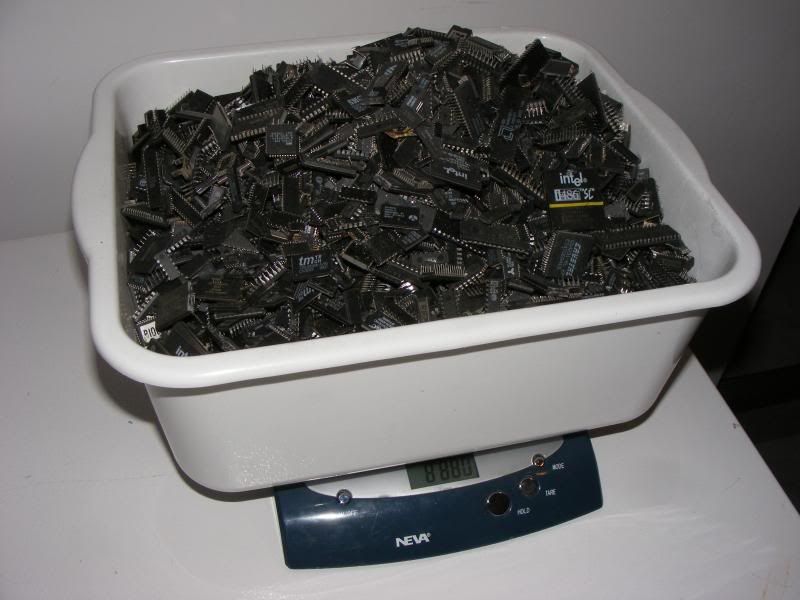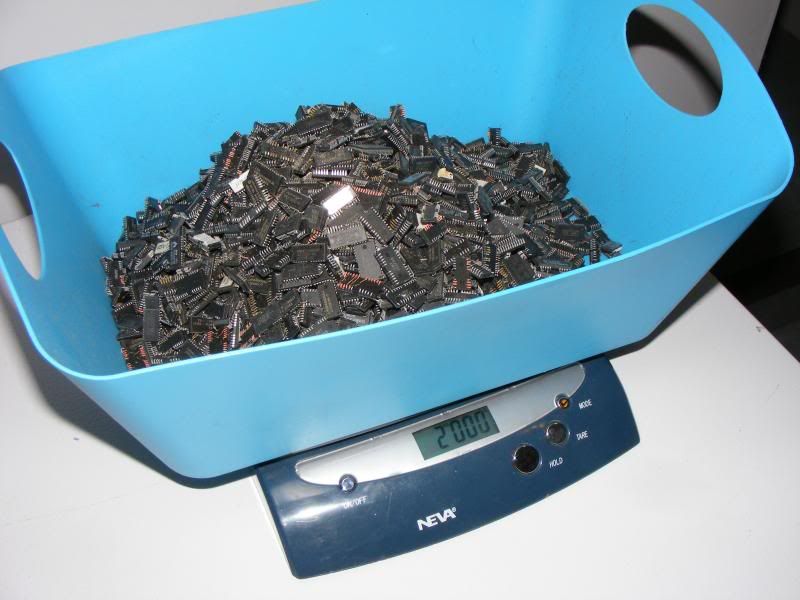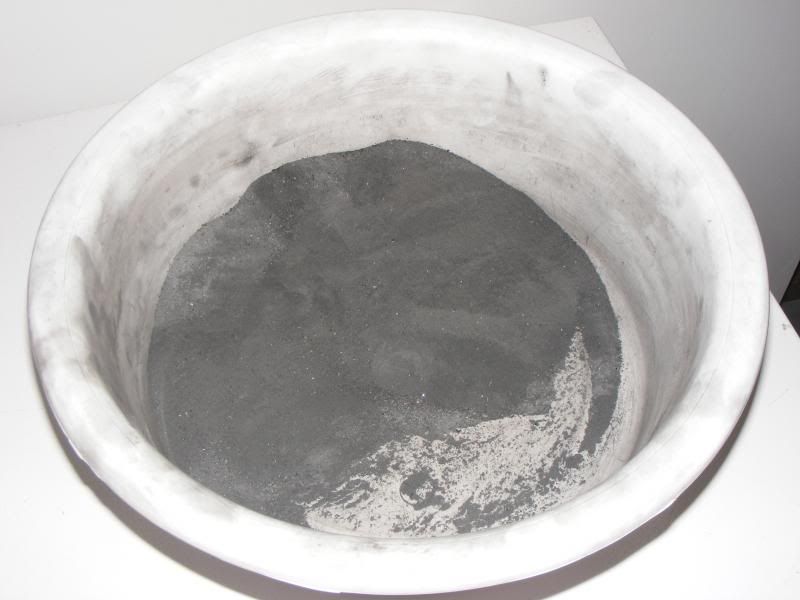rusty
Well-known member
- Joined
- Sep 15, 2010
- Messages
- 1,782
This thread dedicated to forum members IC chips that are being sent to me to mill into powder then run through the centrifuge.
It's here that we'll post the process live from both ends, I as I do my part then resabed01 as he his part.
resabed01 please post your weight and tracking number here, once I receive the package I'll re-weigh, if there is any discrepancy from the unopened package weight I will return the package as received. So please record your weights, I'll post mine here along with pictures.
It's here that we'll post the process live from both ends, I as I do my part then resabed01 as he his part.
resabed01 please post your weight and tracking number here, once I receive the package I'll re-weigh, if there is any discrepancy from the unopened package weight I will return the package as received. So please record your weights, I'll post mine here along with pictures.











